3-Way Low Profile CPU Cooling Shoot-Out: Reeven, Phanteks, & Noctua
by E. Fylladitakis on January 18, 2017 8:00 AM EST- Posted in
- Cases/Cooling/PSUs
- Noctua
- Phanteks
- Cooler
- Reeven
The Phanteks PH-TC12LS
We received the Phanteks TC12LS inside a dark cardboard box with an abstract aesthetic theme, mostly based on schematic drawings of the cooler itself. Considering the size of the cooler, the box is large, with excessive layers of polystyrene foam for protection found on the inside. Inside the box we found four manuals, one for each of the most popular languages in the regions that the cooler is being marketed into, the necessary mounting hardware, and a syringe with Phanteks PH-NDC thermal compound that should last for at least three or four applications.
The Phanteks TC12LS features a narrow, dense array of black aluminum fins, much like the one we saw on Steropes, yet is even smaller. The fins are relatively thin but strong, with their sides rolled so that they support each other, virtually amassing together into a single strong construct. There are small gaps towards the center of the array to allow for a screwdriver to go through for the installation of the cooler, further reducing the surface of the array. Again, the TC12LS is wider than the CPU socket area of small motherboards, but the fin array is high enough to allow for the installation of standard height RAM modules beneath it.
A major marketing point of the TC12LS is its fan. Phanteks is using a full size 120 mm fan, and not just any 120 mm fan, but the PH-F120MP, one of their more advanced high performance designs. The PH-F120MP is a high static pressure design that may be quite a bit of an overkill for the narrow heatsink of the TC12LS, but should maintain good performance at lower RPMs.
Six 6 mm thick nickel-plated copper heatpipes exit the small base of the TC12LS, entering the fin array from one side. Rounded metallic caps cover their endings, mostly for aesthetic purposes.
The base of the TC12LS is not solid. A close inspection reveals that it comprises of two parts, the copper base and an aluminum top, with the heatpipes sandwiched between them. The aluminum top is flat and only meant to offer mechanical cohesion and mounting functionality, not to directly aid the thermal performance of the cooler in the slightest. The contact surface is machined well, down to a very smooth, flawless surface.


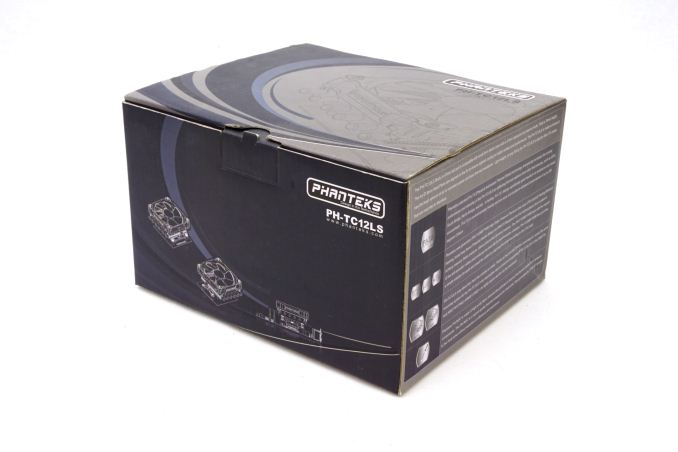
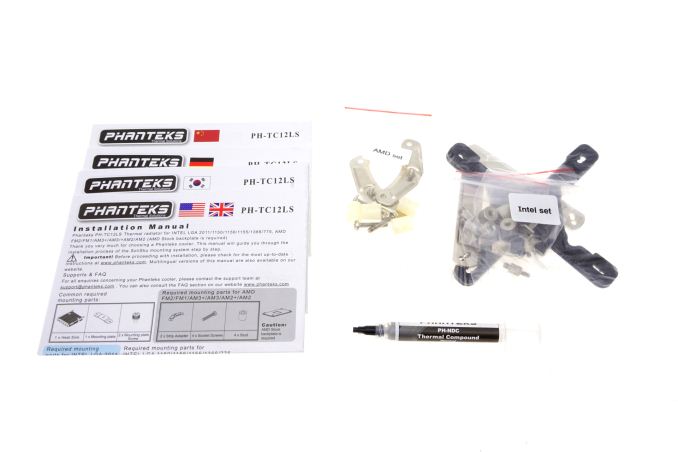

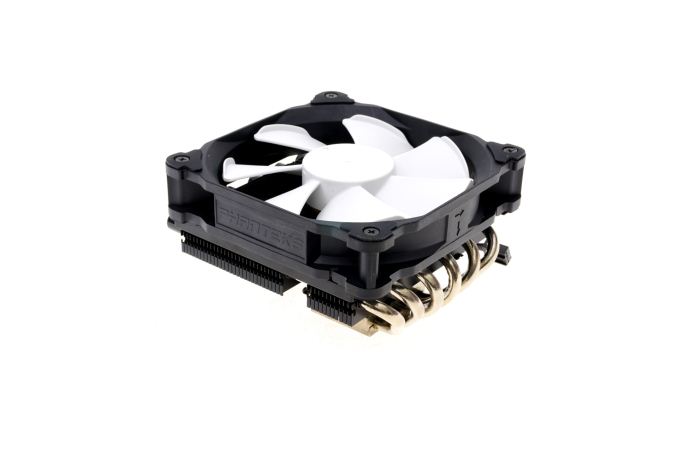
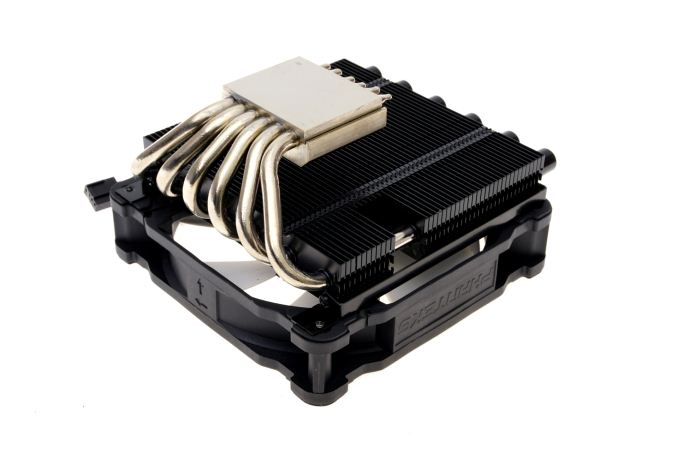
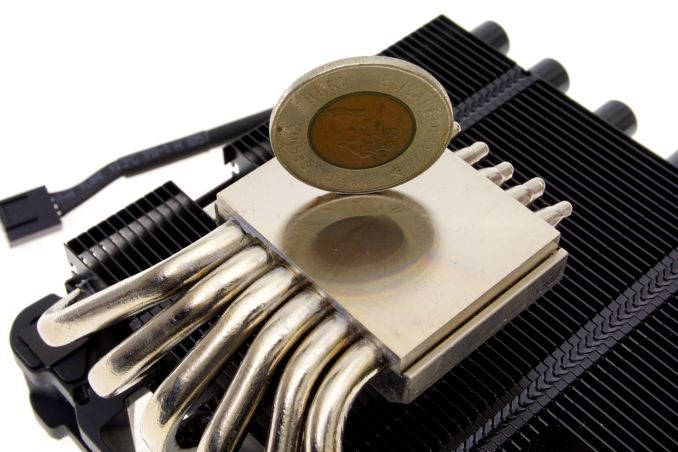








43 Comments
View All Comments
Yuriman - Tuesday, January 24, 2017 - link
Seems to me a review like this would be a lot more useful if heatsinks were normalized for a specific temperature or noise level. E.g. "The Cryorig produces 40dba keeping our 60w test load at 60c, and 35dba keeping it at 80c", or perhaps "At 35dba, the Noctua cooler kept our test load at 53c. With the Coolermaster cooler, due to the poor quality of the fan we were unable to get a sound pressure reading of 35dba without stopping the fan."pseudoid - Tuesday, February 28, 2017 - link
January 2016, I built a work-horse PC around the i7-6700K + Asus Z170 Deluxe Motherboard, inside of a 3U (5.75" Height) RackMount Chassis and the Noctua NH-C14S (single fan) was about the max height w/o going water cooling route. I run the 6700K @20% OC (4.8GHz) reliably, all the while the Asus MoBo LEDs never getting into the RED range. Noctua fans are warranted for 6years, which made my purchase a no-brainer.Antoine. - Tuesday, January 23, 2018 - link
FYI, the C14S perfectly fits in a Streacom F12C case (even with the fan on top)! I know, I have both and tested both options when I was setting it up!